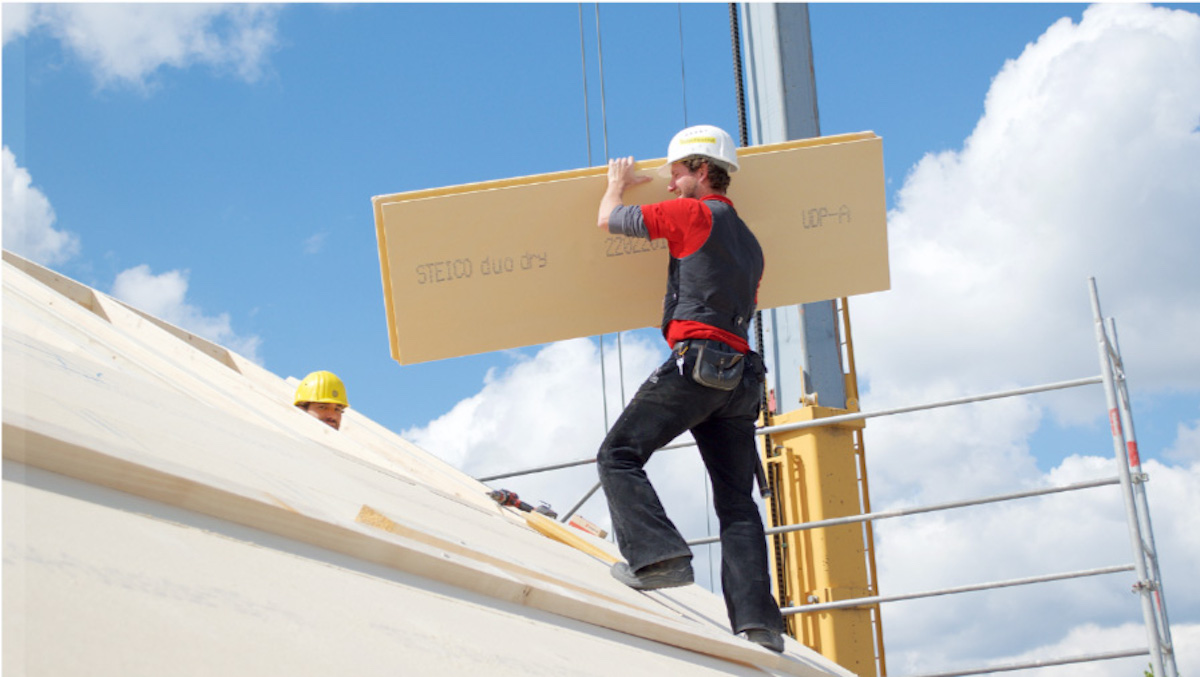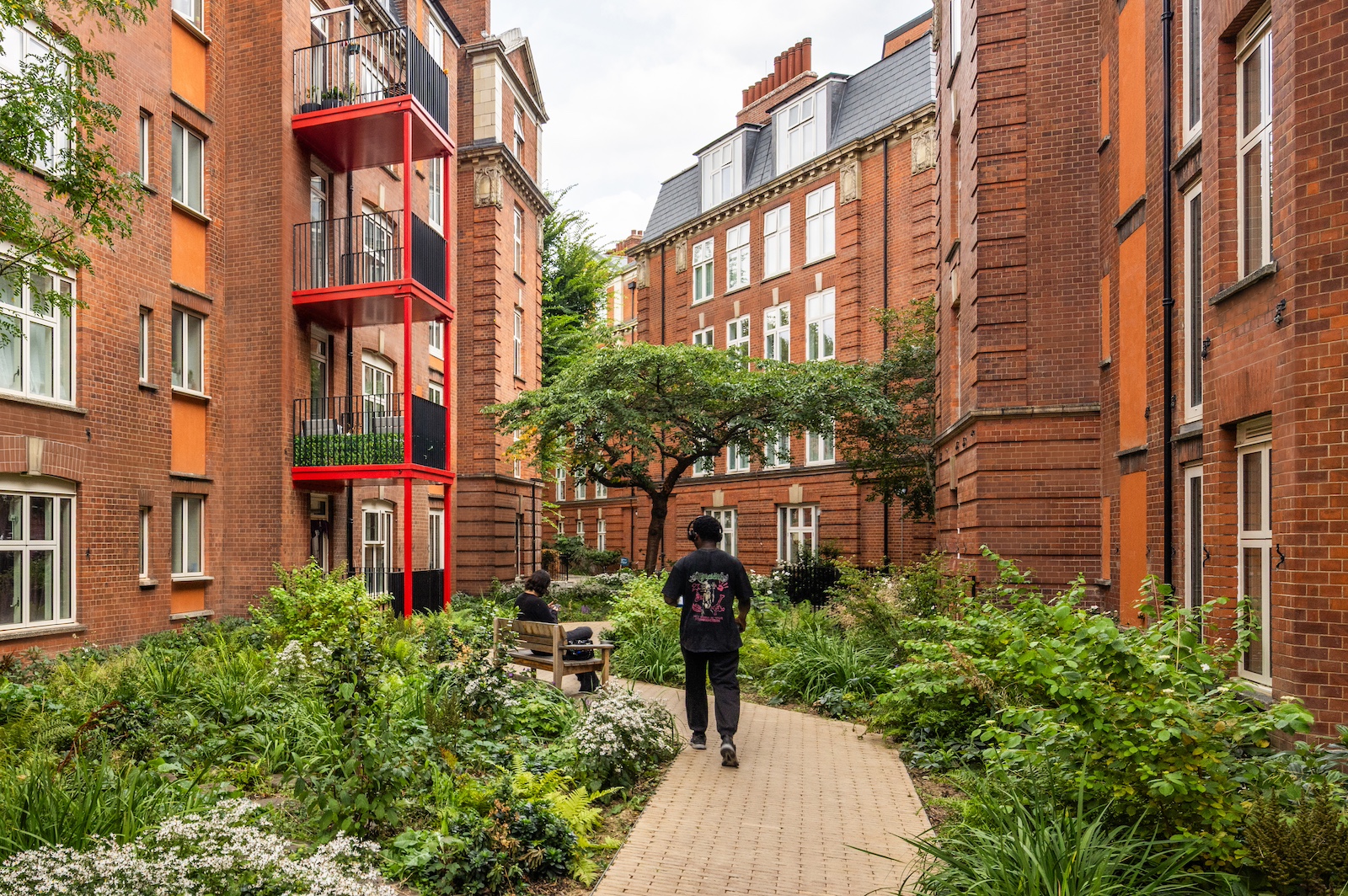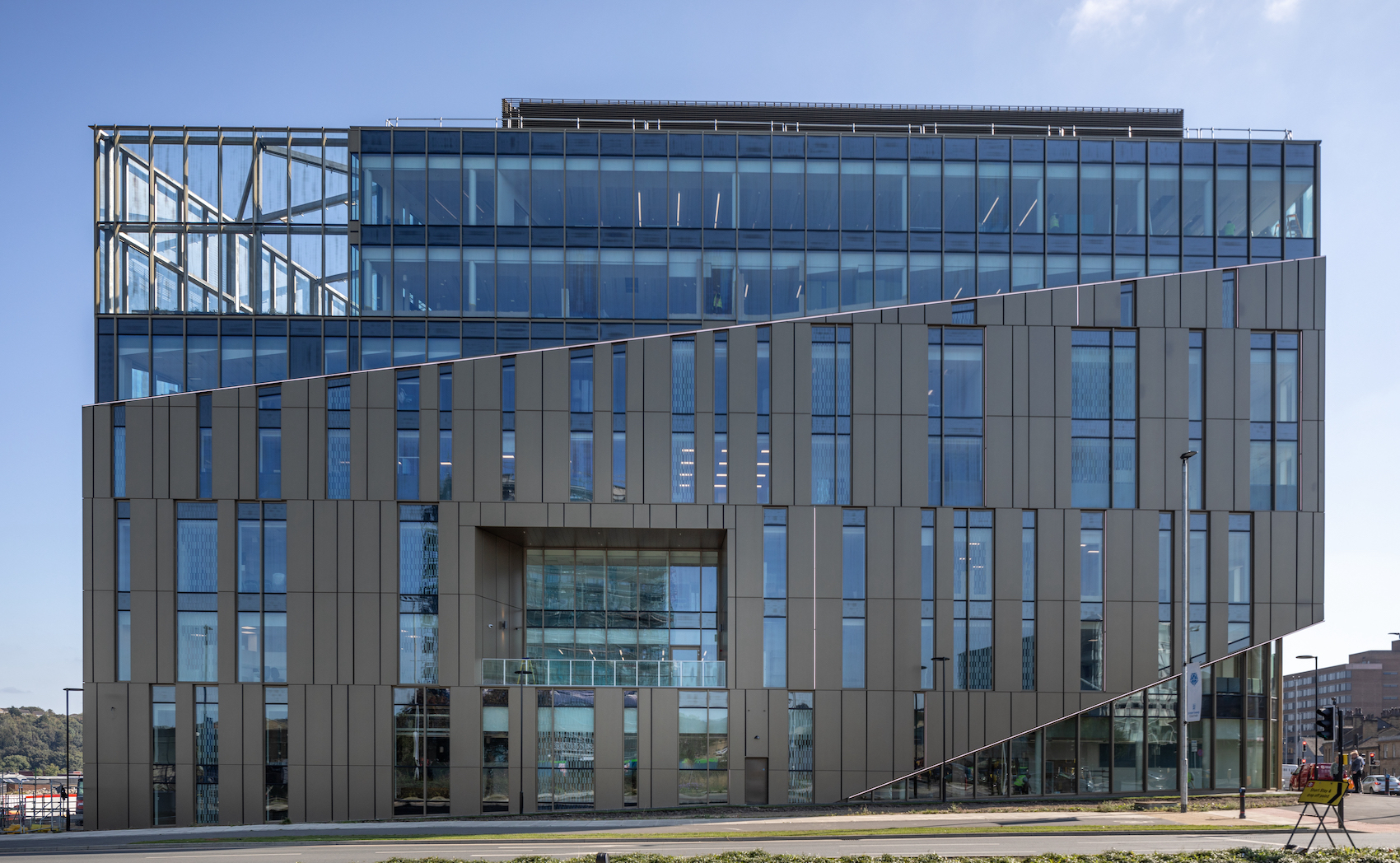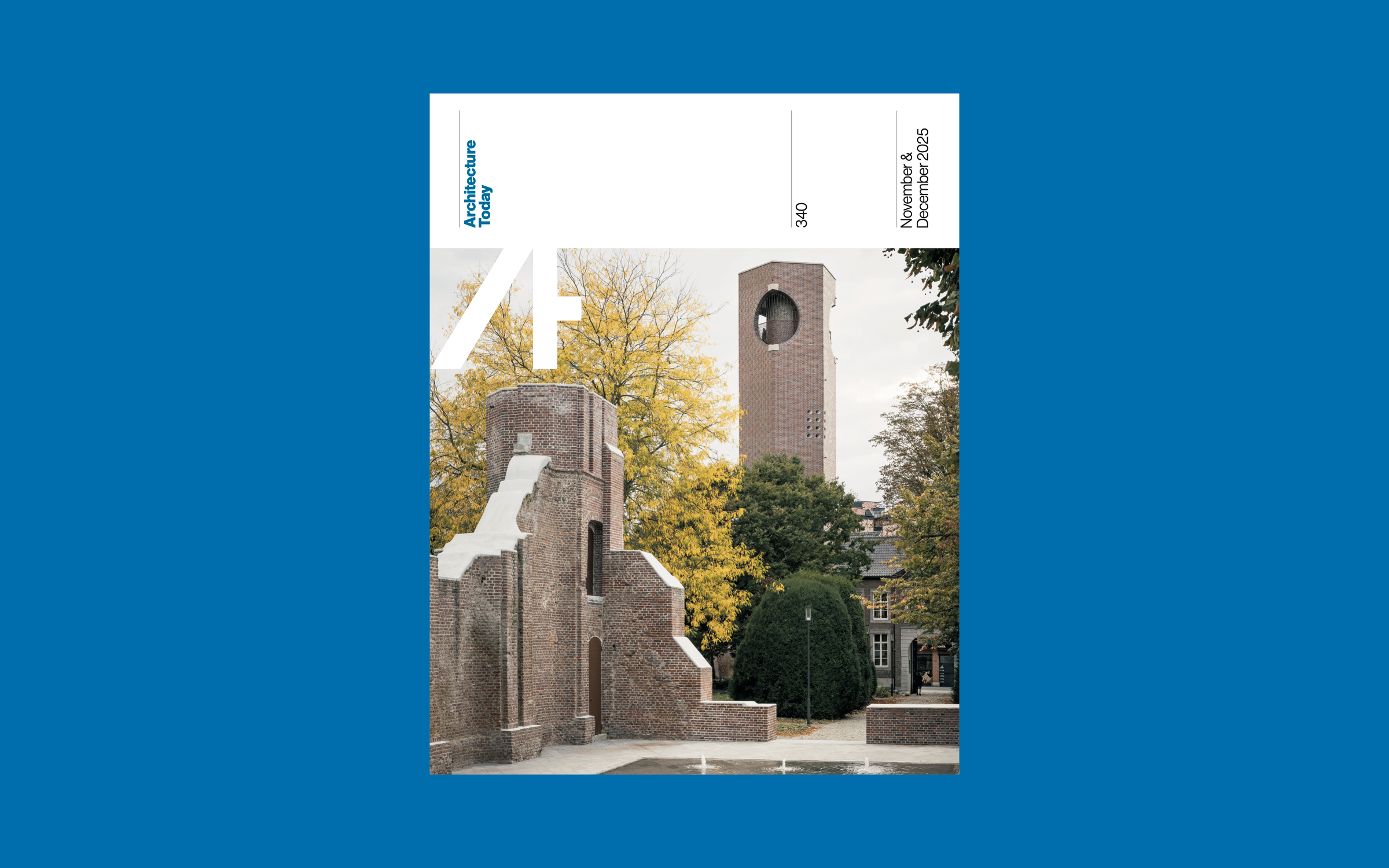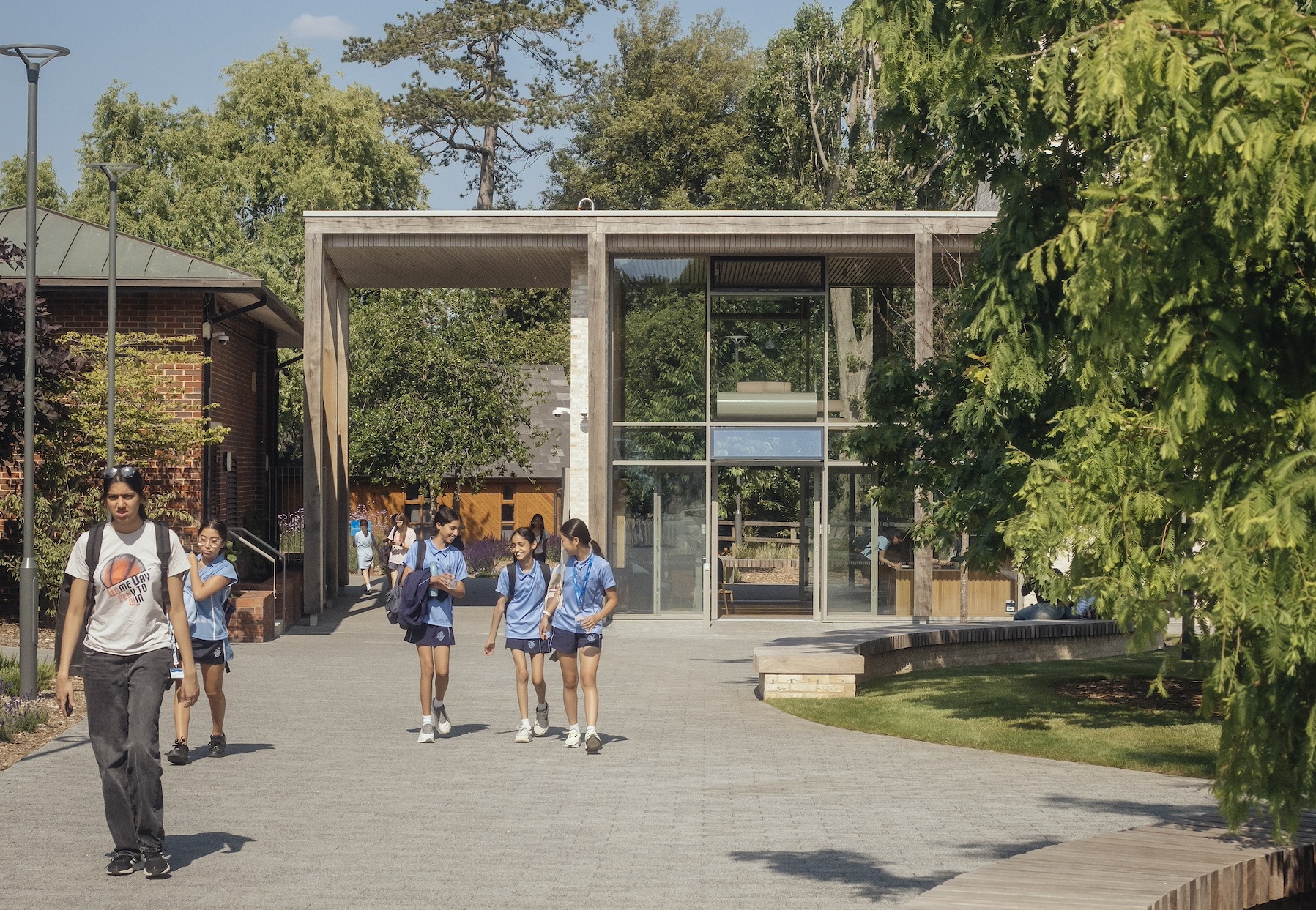STEICO answers questions on wood fibre insulation, exploring its suitability for housebuilding and its role in addressing embodied carbon, overheating risk, moisture control, acoustic performance and indoor air quality.
In association with![]()
Is wood fibre insulation suitable for mainstream housebuilding?
Yes, available in air-injected or rigid-board formats it can be used to insulate the walls, floors and roofs of mainstream houses. Embodied carbon, overheating, waste reduction, moisture control and health and wellbeing are just some of the challenges faced by housebuilders as they seek to deliver a development that meets their sustainability criterion.
How can wood fibre insulation help reduce embodied carbon for mainstream housebuilding?
Currently embodied carbon is unregulated, despite making up 20 per cent of the UK’s built environment emissions [1]. Methods from BRE [2] and RICS [3] can be used to calculate the embodied carbon of buildings and their materials. It could therefore be only a matter of time before mainstream housebuilding must meet regulated targets for embodied carbon.
The EPD of a construction material helps measure sustainability on a project. STEICO’s wood fibre insulation is formed from 80 per cent of wood fibre and the naturally-derived raw material comes from PEFC-certified forests. Many of STEICO’s products have EPDs that reflect the bound carbon dioxide equivalent content of the wood. On top of this, its insulation properties can help increase the energy efficiency of a building and reduce its associated carbon emissions.
Sustainable housebuilder, Gs8, is using STEICO wood fibre insulation on its ‘Zero Bills’ housing development [4] which will store more carbon than is created over its lifetime. Wood fibre insulation, with its low embodied carbon, is viewed as a highly suitable choice for the project’s sustainability goals.
What part can wood fibre insulation play in helping to mitigate overheating in housebuilding?
The Committee for Climate Change report[5], states that under current UK weather conditions, 50 per cent of existing UK homes will suffer from overheating risk. With record breaking weather now being the norm, it is likely that further revisions of Approved Document Part O will be implemented into the Building Regulations to further address overheating. Wood fibre insulation doesn’t just keep the heat in during the colder months, it can also help to keep heat out during hot summer days and evenings.
Wood fibre insulation is characterised by a higher raw density than many conventional insulating materials. This means it can offer greater resistance to heat radiation due to its higher heat storage capacity. Its high raw density also offers greater resistance to heat radiation.
Martin Twamley, Technical Director at STEICO, explains “wood fibre can make a real difference. Its properties allow it to store and hold the heat within the material, helping to keep rooms cooler. It’s a simple way to reduce the risk of overheating and allow the building fabric to do the work—without needing to rely on air conditioning, which can be expensive.”
How can wood fibre insulation help to control moisture?
Control of moisture in buildings is a requirement of ‘Approved Document C [6]: Site preparation and resistance to contaminants and moisture’ of the Building Regulations. The document references the Management of moisture in buildings [7]. This offers guidance on moisture management to prevent the build-up of condensation.
The diffusion open nature of wood fibre insulation allows water vapour to pass through. Vapour control layers (VCLs) are used to help control the level of internal moisture entering the building fabric. They are placed on the warm side of the insulation. As Martin Twamley explains: “The combination of a VCL, which controls the amount of water vapour that can enter the building fabric, and wood fibre insulation, which allows any that does enter to naturally migrate out, creates a risk-free approach to moisture management. Far too often an approach is taken that tries to block moisture movement, either with a ‘vapour barrier’ or diffusion closed material.”
How can wood fibre insulation contribute to improved indoor air quality?
On average we spend 90 per cent [8] of our time indoors, therefore it’s important that it promotes health and wellbeing. The APPG (All Party Parliamentary Group) for Healthy Homes and Buildings says ‘Noise, poor ventilation and air quality impacts the indoor living and/or work environments’ [9].
The Institute for Building Biology in Rosenheim, Germany – known internationally for evaluating how building materials affect health and the environment – approves of products such as STEICO’s wood fibre insulation. Their approval reflects the product’s low emissions thus helping create healthier indoor spaces. Due to its density and composition, wood fibre insulation can also help to improve the acoustics of properties. The insulation helps to keep noise pollution out of the home that could otherwise have detrimental effects on the health and wellbeing of the occupants.
Contact Details
To find out more about STEICO’s wood fibre insulation products, please click here.
[1] https://ukgbc.org/news/ukgbc-joins-industry-leaders-calling-for-government-to-regulate-embodied-carbon/[2] https://breeam.com/about/net-zero-carbon[3] https://www.rics.org/profession-standards/rics-standards-and-guidance/sector-standards/construction-standards/whole-life-carbon-assessment/unlocking-sustainability-exploring-rics-whole-life-carbon-assessment-wlca-standard[4] https://www.gs8.co.uk/news/press-release-carpenters-yard-launch/[5] https://www.theccc.org.uk/wp-content/uploads/2022/10/Addressing-overheating-risk-in-existing-UK-homes-Arup.pdf[6] https://assets.publishing.service.gov.uk/media/5a8192a0e5274a2e8ab54b5f/BR_PDF_AD_C_2013.pdf[7] BS 5250:2021 Management of moisture in buildings[8] https://post.parliament.uk/research-briefings/post-pb-0054/[9] https://healthyhomesbuildings.org.uk/



